Our Terms & Conditions | Our Privacy Policy
Discover India’s top bird watching hotspots this winter
Discover India’s top bird watching hotspots this winter
A paradise for ornithologists & nature enthusiasts
Tourism
September 21, 2024
Winter is an ideal time for bird enthusiasts to explore the country’s stunning bird sanctuaries
During winters, India becomes an ideal nesting spot for thousands of migratory bird species escaping the cold, harsh weather from as far away as the Arctic Circle and Siberia, providing bird lovers and ornithologists alike a chance to study or admire the exotic fauna in their natural habitat.
India boasts a unique and diverse array of flora and fauna, and winter transforms it into a paradise for nature lovers. During this season, an enormous number of exotic migratory birds arrive in various regions of the country, fleeing the inhabitable conditions of their native lands, right from the North Pole and Siberia.
Winter is therefore the ideal time for bird enthusiasts to explore the country’s stunning bird sanctuaries, offering breath-taking landscapes and remarkable biodiversity.
Here are some of the top bird sanctuaries to consider for your next vacation:
Ranganathittu Bird Sanctuary, Karnataka
Spot-billed pelicans at Ranganathittu Bird Sanctuary (Photo: Timothy A. Gonsalves)
Located at the banks of River Cauvery on the southern Deccan Plateau, about 130 km from Bengaluru, the Ranganathittu Bird Sanctuary is a haven for nature lovers and bird watchers. The sanctuary is a nesting place for over 170 different species of birds from as far as Siberia in Russia to Australia including Cormorants, Darter, Herons, River Tern, Egrets, Indian Roller, Blackheaded Ibis, Spoonbill, Great Stone Plover, and Spot-billed Pelicans.
It is also home unique and diverse fauna including healthy populations of mugger crocodile, the smooth-coated otter and the hump-backed mahseer, a critically endangered fresh water fish.
The Ranganathittu Bird Sanctuary comprises of several islands, offering visitors a chance to enjoy a leisurely boat ride while identifying and learning about the diverse species of migratory birds.
Keoladeo National Park, Rajasthan
Kaelodeo National Park was listed as a World Heritage Site by UNESCO in 1985 (Photo: Nikhilchandra81)
Formerly known as the Bharatpur Bird Sanctuary, the Keoladeo National Park in Rajasthan is renowned for housing an enormous number of non-migratory birds, reptiles, fish, amphibians, and numerous other invertebrates along with more than 370 flora species. It is also an important winter habitat for Palaearctic migratory birds, especially ducks.
The prime species of the migratory bird that visit the Sanctuary include species of Cranes, Geese, Pelicans, Ducks, Hawks, Eagles, Shanks, Stints, Wheatears, Pipits, Larks, Flycatchers, Buntings, amongst others.
Spread over 29 sqkm of forests, wetlands, woodland swamps and patchwork of grasslands, the National park is also home to a variety of species of deer such as Chital, Sambar, Spotted Deer as well as wild boar and nilgai.
Originally a hunting reserve for the erstwhile royals of Rajasthan and the British, Keoladeo was declared a national park in 1982, it was then listed as a World Heritage Site by UNESCO in 1985.
Nal Sarovar Bird Sanctuary, Gujarat
The migratory birds found at Nal Sarovar travel from Central Asia, Europe and Siberia (Photo: Gujarat Tourism)
An hour’s drive away from Ahmedabad, the Nal Sarovar Bird Sanctuary is home to over 250 species of birds including pelicans, egrets, flamingos, cranes, herons, and more. The sanctuary is located at the stunning Nal Sarovar Lake filled with 360 islets.
The migratory birds found at Nal Sarovar Bird Sanctuary travel from Central Asia, Europe and Siberia to escape from severe cold of harsh winter.
The offers many activities for tourists to take part in including horse riding at lakeside, boat rides at the Nal Sarovar (lake), allowing tourists a chance for a deeper exploration of sanctuary and spotting rare bird species, and an information centre offering a detailed history of the sanctuary and information on birds and other flora and fauna found in the region.
Nelapattu Bird Sanctuary, Andhra Pradesh
Spot Billed Pelican at Nelapattu Bird Sanctuary (Photo: GnanaskandanK)
The Nelapattu Bird Sanctuary, located in the wetlands of Nellore district of Andhra Pradesh is home to over 189 different species of birds many of which are now endangered including 50 migratory birds.
Some of the migratory birds found in the sanctuary include the shoveler, common teal, grey heron, Spot-bill duck, black-winged stilt, garganey gadwall and more. It is also the largest breeding ground for the Grey pelicans in South East Asia, with approximately 1,500 pelicans breeding every year.
Along with a rich variety of flora and fauna, Nelapattu boasts many other attractions worthwhile for tourists, including the second-largest salt water lake in India, Pulicat Lake, located just a few kilometres away from the sanctuary.
Chilika Lake Bird Sanctuary, Odisha
Chilika Lake is Asia’s biggest internal salt water lake (Photo: Government of Odisha)
Situated on the east coast India in Odisha, the Chilika Lake is Asia’s biggest internal salt water lake dotted with stunning tiny islands. The lake is a haven for bird watchers and wildlife enthusiasts, as it offers an ideal environment for numerous migratory birds to settle in during the winter months.
Some of the species found at Chilika Lake are white bellied sea eagles, purple moorhen, flamingo jacana, graylag geese, and herons. The Sanctuary is also one of biggest breeding grounds of flamingos in the world.
The region also boasts a rich variety of wild animals like the blackbuck, golden jackals, spotted deer and hyenas and over 160 species of crustaceans, fish and other marine lives including the Chilika dolphin.
Mishmi Hills, Arunachal Pradesh
Idu-Mishmi tribesmen, who belong to the Tibeto-Burmese cultural group are found in this region (Photo: Anu007bora)
Even though it is not a bird sanctuary, this gem located in the southern ranges of the Himalayas is a hidden paradise for bird watchers and nature lovers. The magical terrain spanning over hectares of bamboo groves, subtropical forests, and alpine meadows boasts over 500 species of birds.
Some of the rare bird species found in the region include Ward’s Trogon, Rufous-necked Hornbill, Rusty-bellied and Gould’s Shortwing, pale-capped Pigeon, dark-sided Thrush, Green and Purple Cochoa, Nuthatch, Rusty-throated and Wedge-billed Wren Babbler, Fire-tailed Myzornis, Black-headed Greenfinch, Scarlet Finch and Grey-headed Bullfinch.
Beyond its rich diversity of fauna, the region’s remote location and breath-taking landscapes offer visitors a serene escape from urban life. Home to the Idu-Mishmi tribesmen, who belong to the Tibeto-Burmese cultural group, this area showcases their traditional attire and practices, such as grazing domestic cattle providing tourists an opportunity to engage deeply with the local culture.
Images are for reference only.Images and contents gathered automatic from google or 3rd party sources.All rights on the images and contents are with their legal original owners.



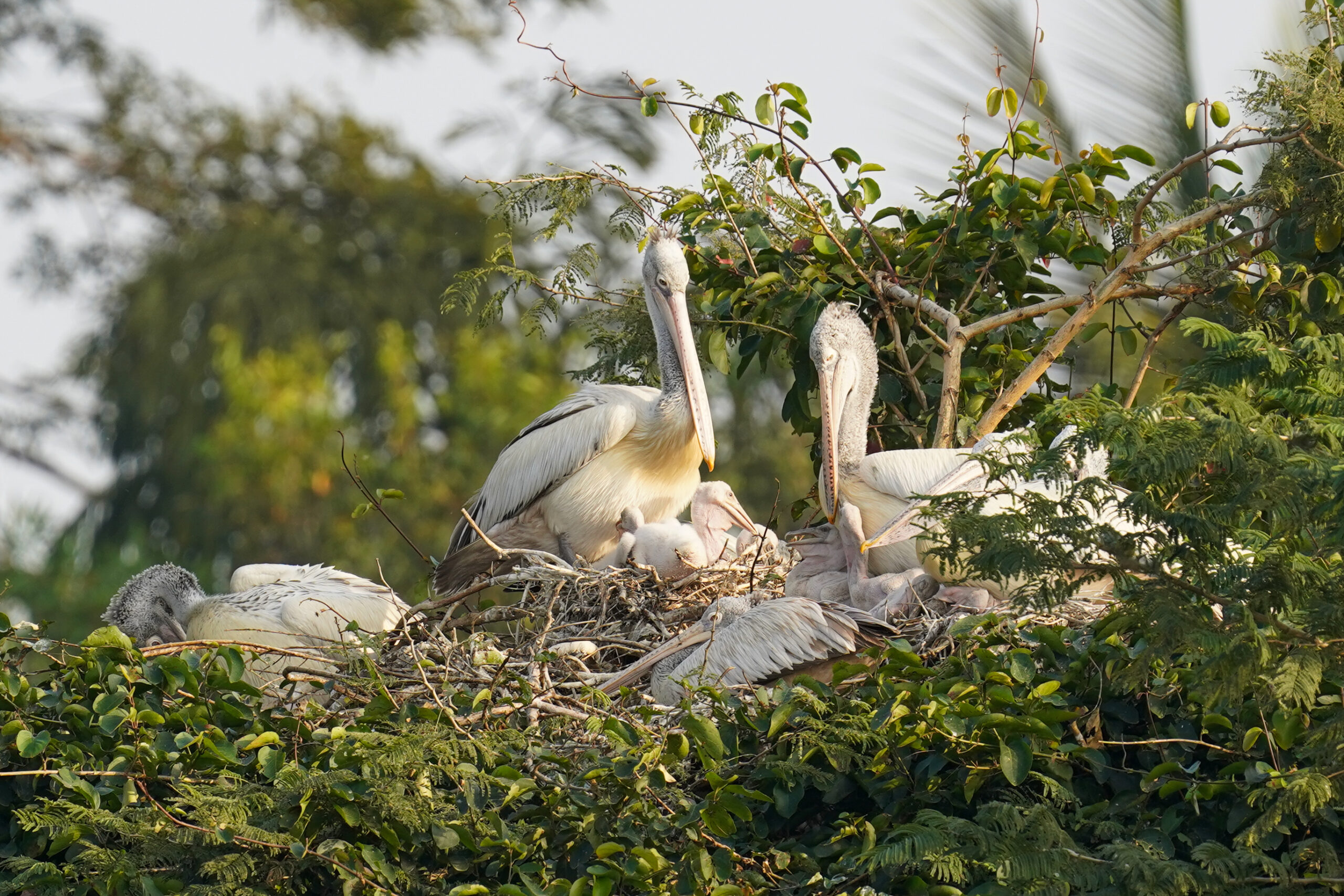
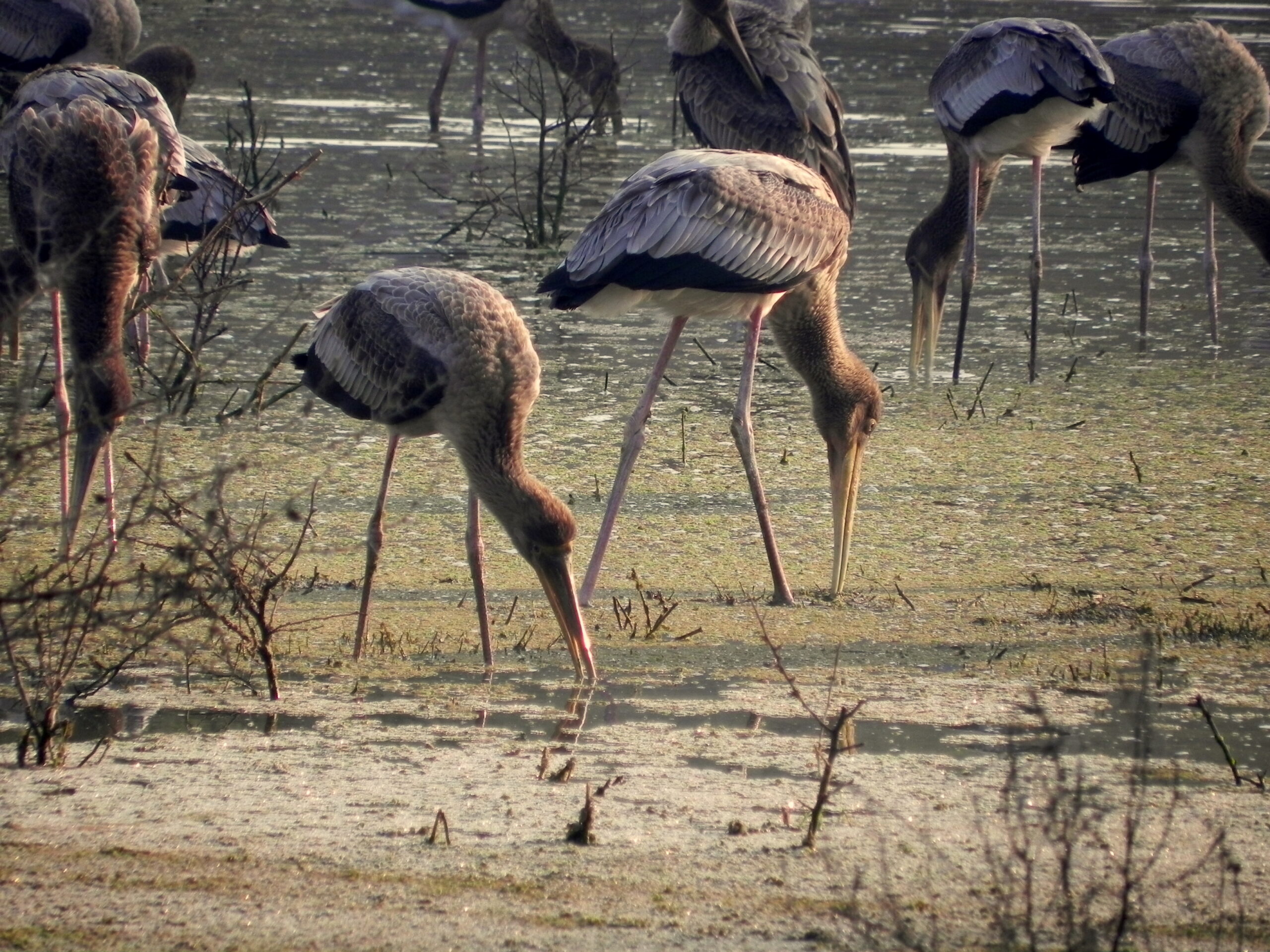
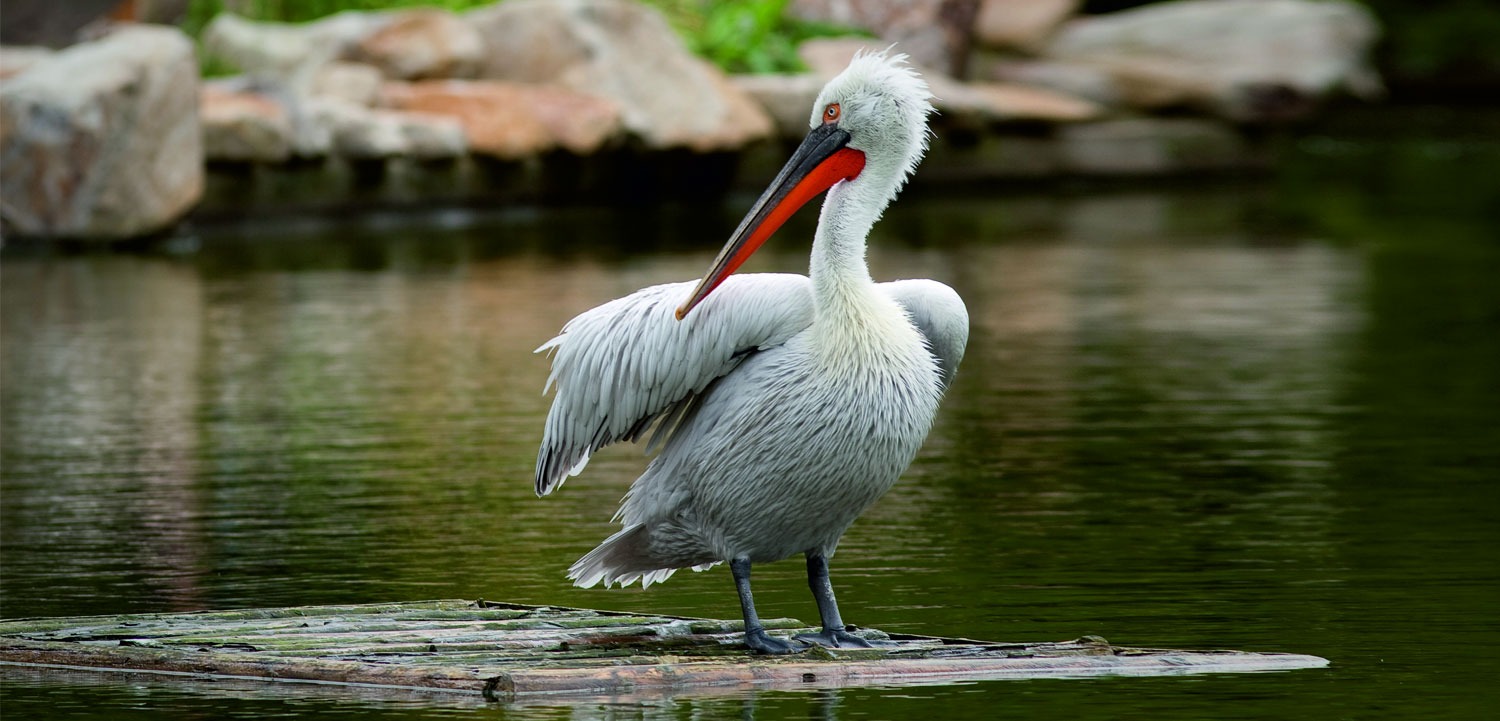
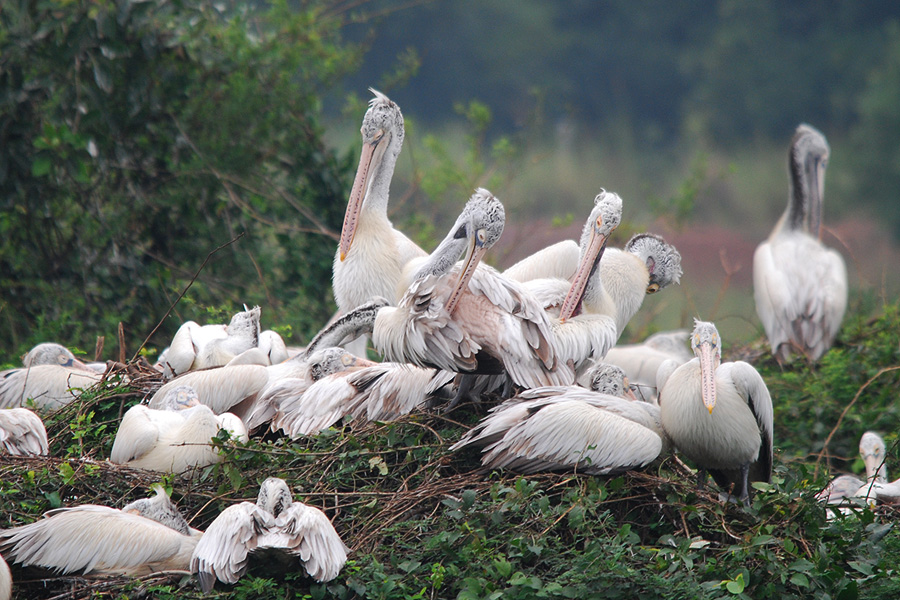
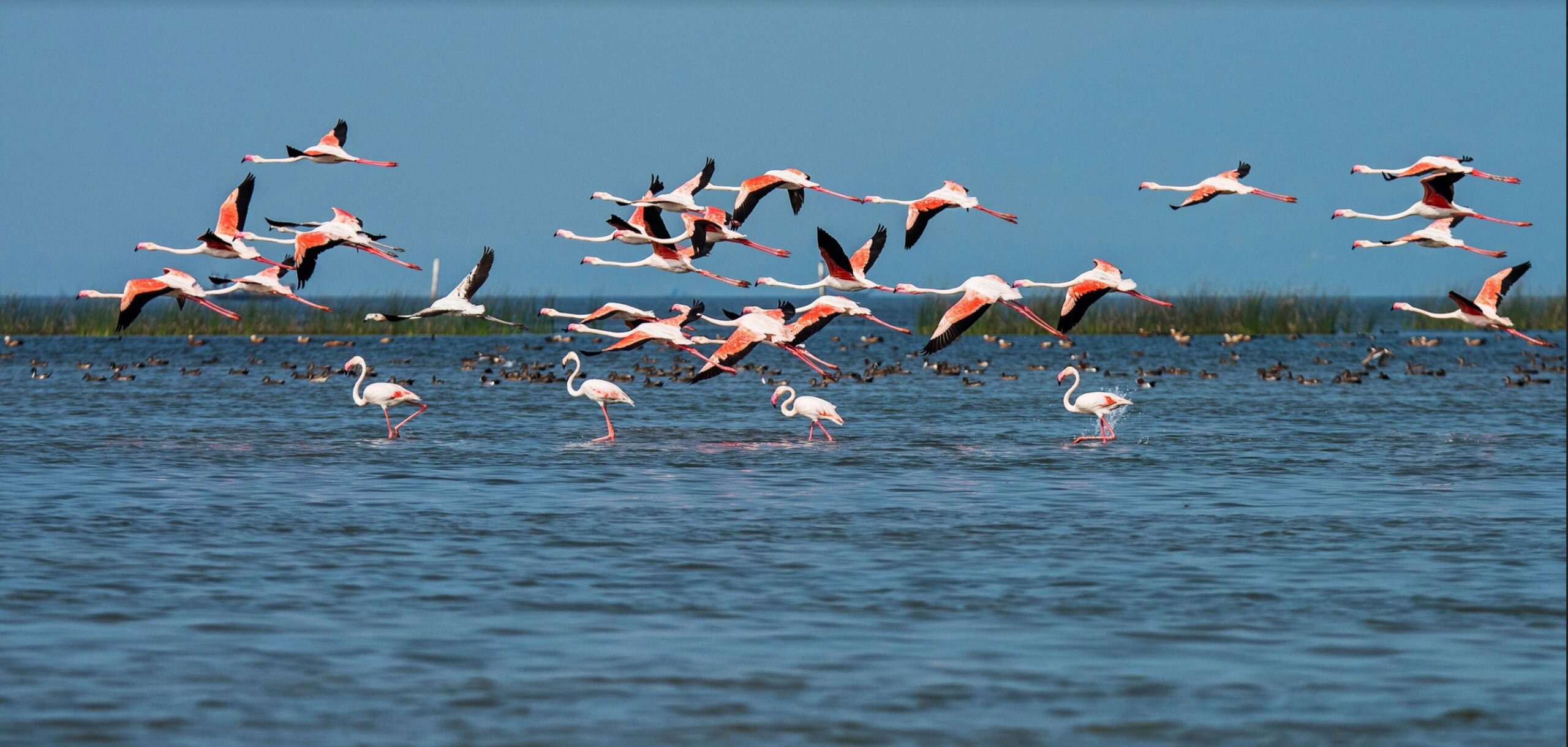
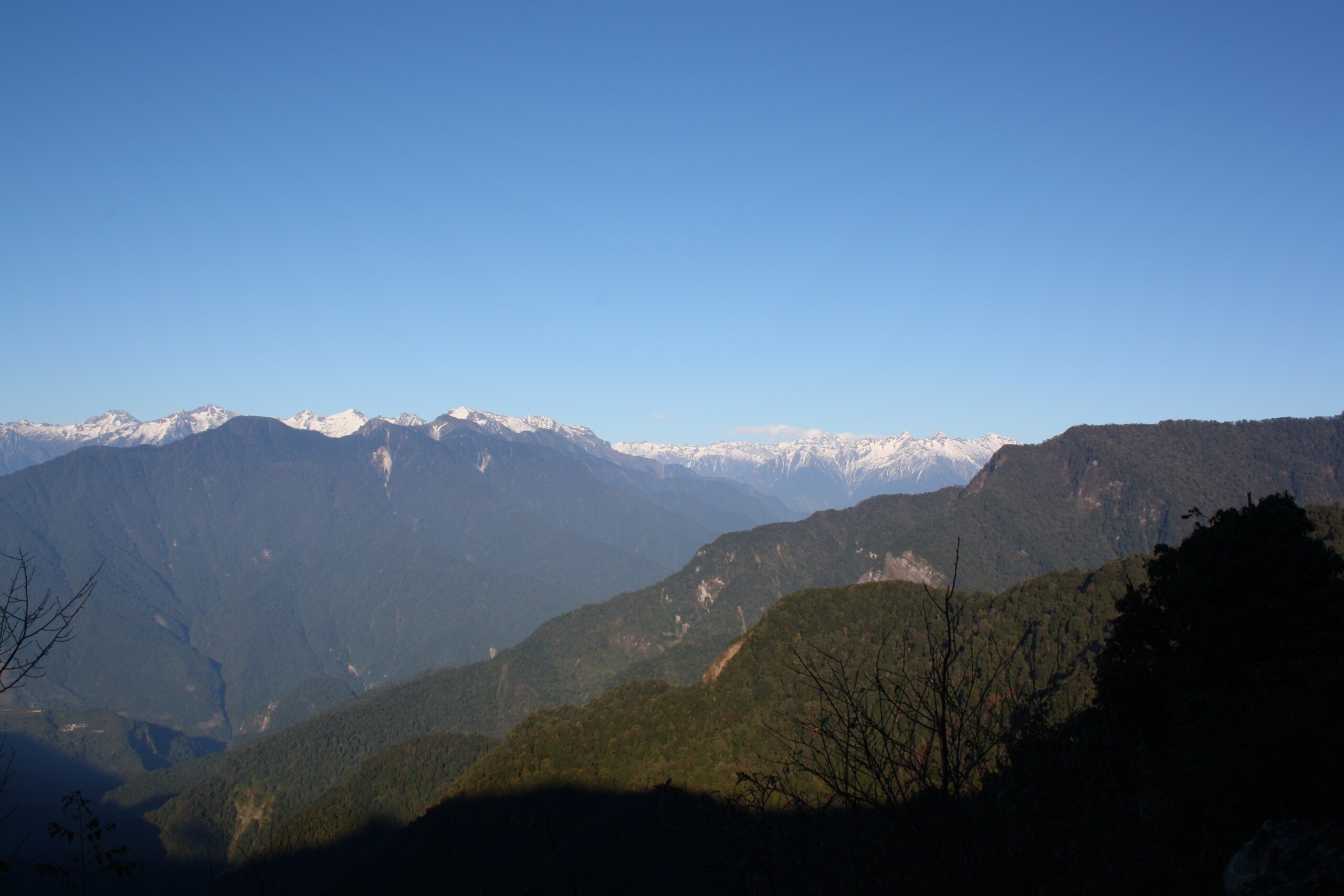
Comments are closed.